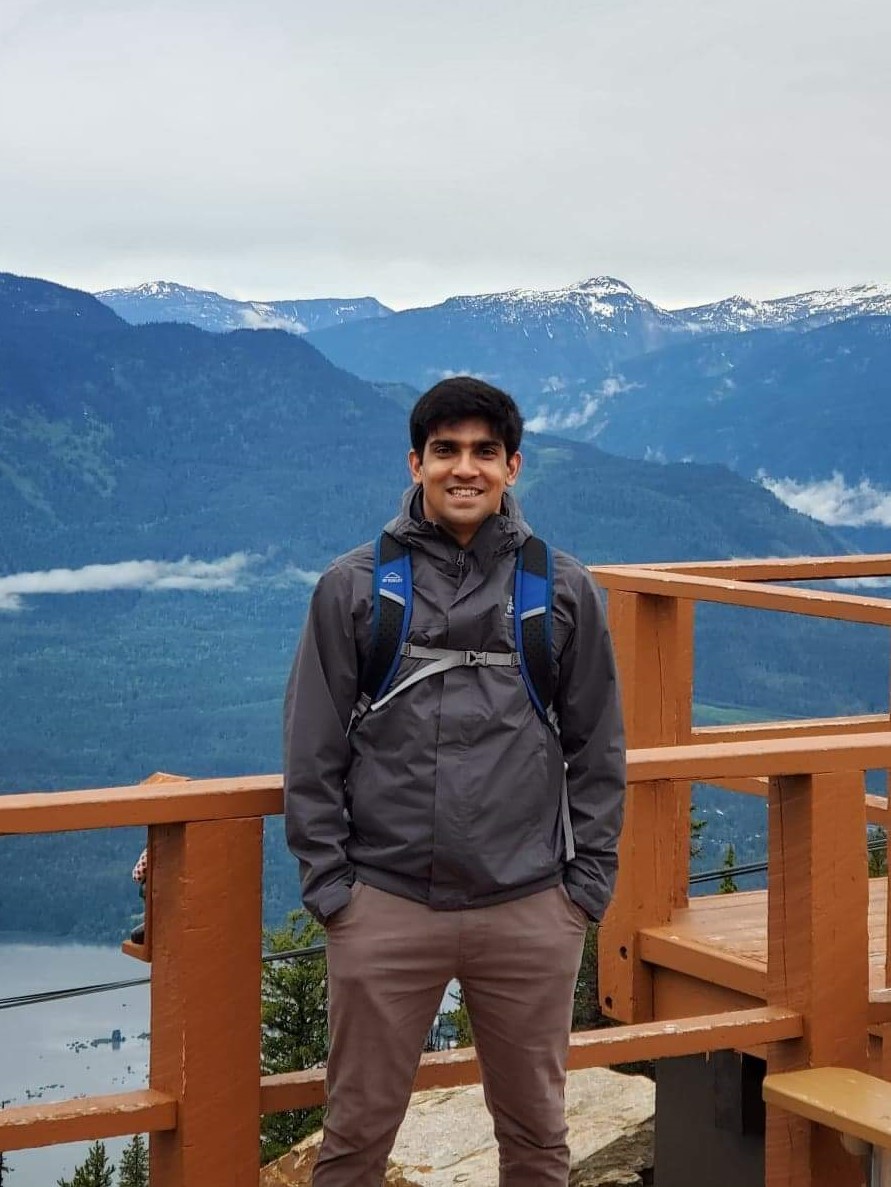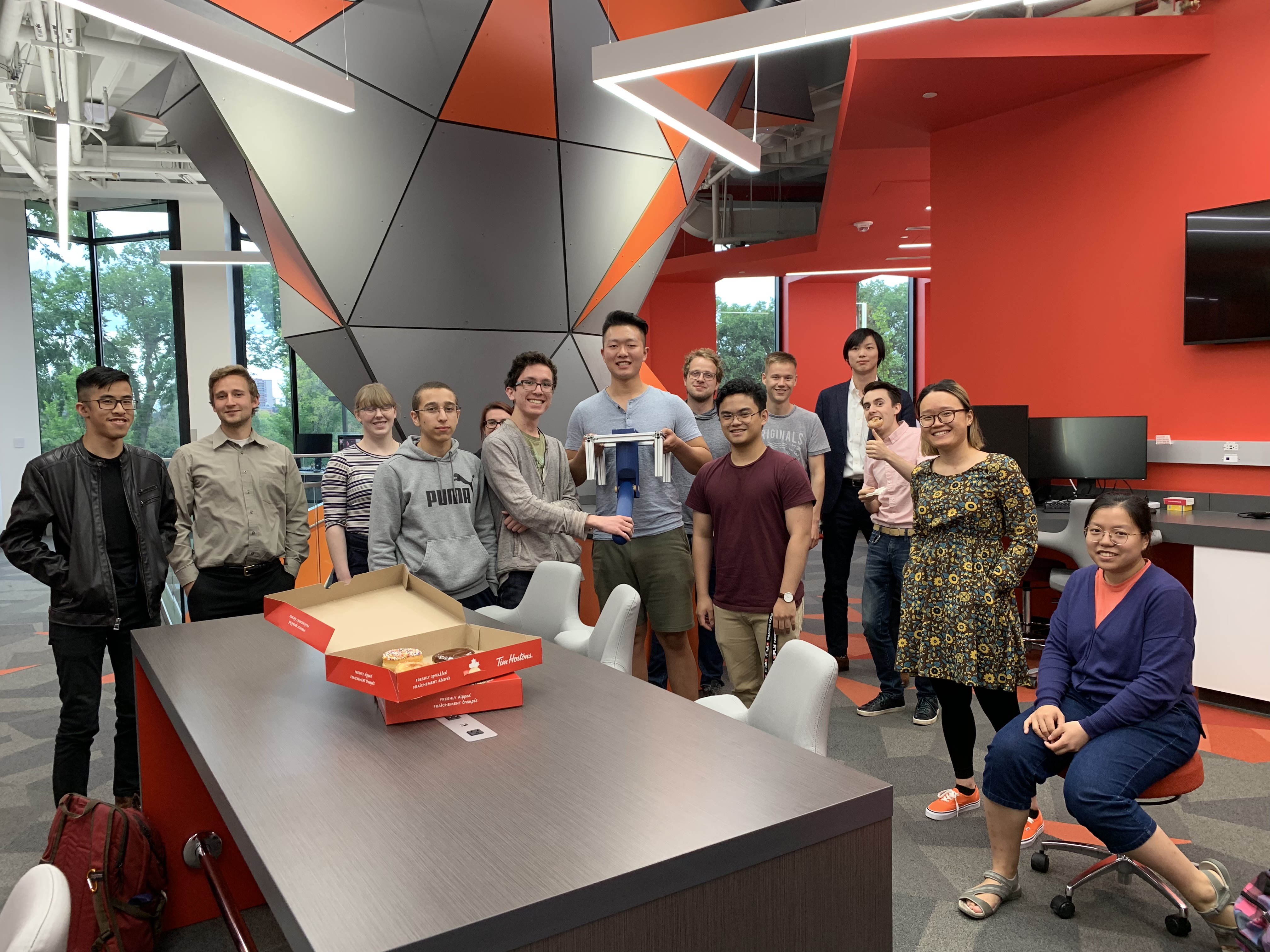In the past three years at the U of A as an electrical engineering student, I have gained a lot of theoretical knowledge needed to solve complex engineering problems. However, I often felt like I would be unable to translate all the math and theory I learned in class into real-world problem solving skills. I consider myself a 'tinkerer,' and I enjoy taking things apart and experimenting with them. I spend my free time researching and building hobby electronic projects– I spent the last summer break building an automated indoor greenhouse where I now grow wine tomatoes and Thai peppers all year-round. When I discovered that, thanks to The Spirit of George Ford Fund, there were a number of hands-on learning opportunities in the Faculty of Engineering, I was excited to have an opportunity to tinker and apply my classroom education.
I have been part of the University of Alberta Biomedical Technologies Development Group (UABiomed) since my first year of university. UABiomed is a student group within the Faculty of Engineering that primarily focuses on solving existing biomedical-related problems and developing novel projects that address a particular niche within the field of biomedical engineering. UABiomed was established in Fall of 2018 with the aim of promoting research and development in biomedical engineering, and also to provide a venue for U of A students to explore and learn more about biomedical engineering outside of the classroom in a more informal setting.
Since its inception, UABiomed has taken up a number of initiatives and projects such as the ALberta EXoskeleton (ALEX). ALEX is designed to supplement upper body strength and provide posture support in working environments where repetitive lifting motions are involved, such as stocking warehouses, to prevent stress/strain- related injuries in the upper body. UABiomed has also been working closely with the U of A Hospital and a group of orthopedic surgeons to develop a 3D-printed, anatomically and biomechanically correct wrist model. The wrist model will be used for orthopedic biomechanics research and pre-surgery studies for arthritis related procedures.
UABiomed has proven to be a platform where, with the help of mentors and professors, I am able to apply and test the knowledge delivered in classes to build a project that allows me to truly appreciate the value of the material. UABiomed has provided me with an opportunity where I can learn and develop some hands-on skills that I think will be invaluable in my engineering career. As an electrical engineering student, my exposure to other disciplines of engineering was very limited in the classroom. However, being part of a group where students from different engineering disciplines collaborate towards a shared goal has allowed me to gain insight and exposure to new skills and problem-solving techniques. Apart from all the technical expertise, UABiomed has also proven to be a great platform for me to enhance my interpersonal and organisational skills. I have gained valuable experience and transferable skills in project management, funds management, and outreach. All things considered, the experience gained and the connections made during my time with UABiomed have proven to be an important factor in my journey towards becoming a successful and skilled engineer.

About Adil
Adil Younus is a third-year electrical engineering student and the current term president of the University of Alberta Biomedical Engineering Technologies Development Group.
